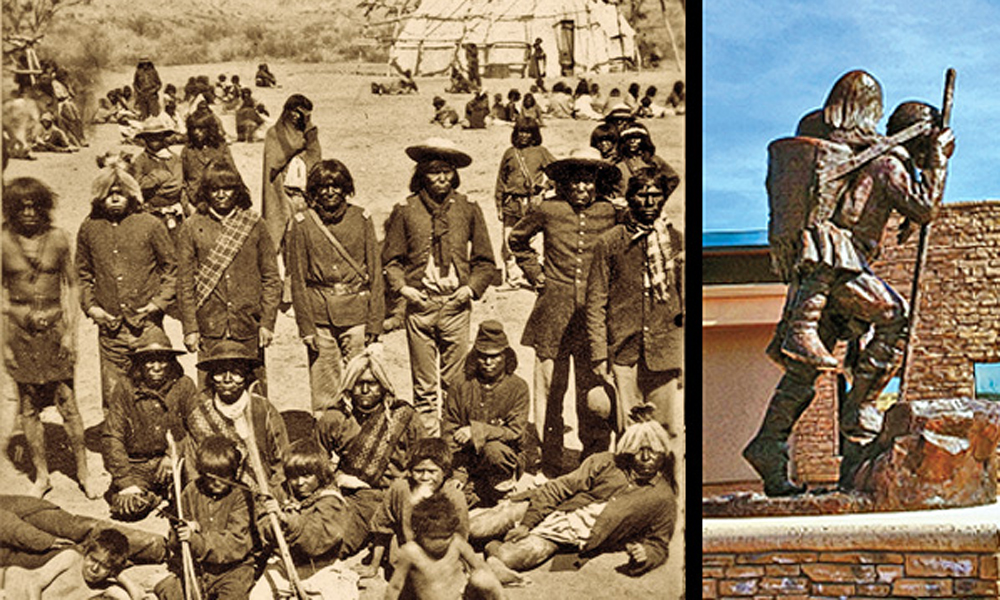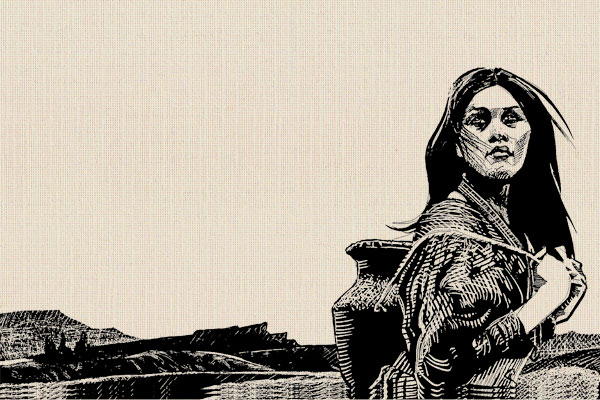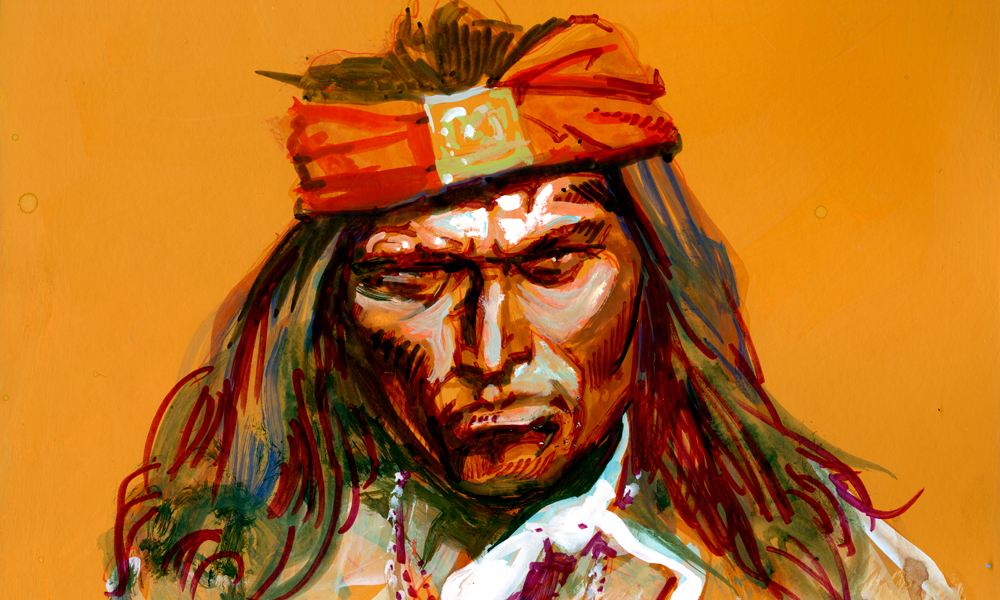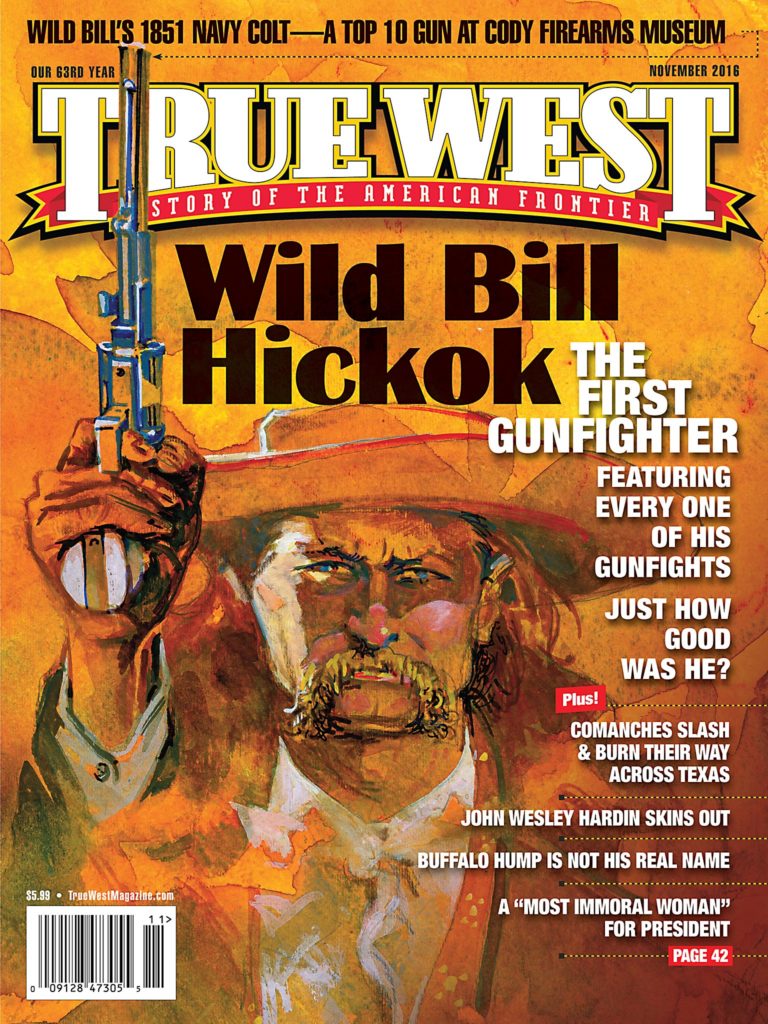 New Year’s Day on January 1 is normally celebrated as the start of a new year, a day off from work and a day to eat black eyed peas for good luck. On the Apache calendar, January 1 is the day in 1860 when Arizona Territory Indian fighter and politician King Woolsey declared that “a broad platform of extinction is appropriate for Indian problem.” Woolsey would later carry out several campaigns against Native Americans.
New Year’s Day on January 1 is normally celebrated as the start of a new year, a day off from work and a day to eat black eyed peas for good luck. On the Apache calendar, January 1 is the day in 1860 when Arizona Territory Indian fighter and politician King Woolsey declared that “a broad platform of extinction is appropriate for Indian problem.” Woolsey would later carry out several campaigns against Native Americans.
It is fascinating to review the calendar created by the Yavapai-Apache Nation in 2012 to celebrate the centennial of Arizona’s statehood. The calendar was sold throughout Arizona during centennial festivals, with proceeds used to erect the Statute of an Old Man Carrying his Ailing Wife to the Internment Camp at San Carlos in 1875. The moving statute now stands outside the tribe’s headquarters in the Verde Valley. The exodus began on February 27, 1875. The people would not return to their ancestral lands in the Verde Valley until 1898. They returned to find the land divided and settled by Anglos, leaving them homeless. Today, the tribe, with a successful casino, is one of the largest employers in that valley.
What is the significance of Feb. 14 to this Apache tribe? It’s not Valentine’s day—in Arizona, it’s also Statehood Day—but the day in 1986, that the late Chieftess Viola Jimulla was proposed for the Arizona Woman’s Hall of Fame. Chieftess Jimulla took over leadership of the Yavapai-Prescott Indian Tribe in 1940 at the death of her husband, Sam, and guided the tribe until her death in 1966. She was seen as a healer, and helped bridge the gap between the Anglo and Indian cultures. Her granddaughter, Patricia Ann McGee, served as President of the tribe for two terms, from 1972 to 1988, and from 1990 to 1994. In 2006, McGee, too, was inducted into the Arizona Women’s Hall of Fame.
April 2 may be noted as a start of Spring on most calendars, but on the Apache’s it was the day in 1884 when the United States Supreme Court formally excluded Indians from U.S. citizenship in the Elk V. Wilkins ruling.
A peek at other dates to be remembered:
–On June 7, 1935, the Yavapai-Prescott reservation was established by an act of Congress, with 35 acres allotted.
–On July 28, 1968 the American Indian Movement (AIM) was founded by urban Indians protesting police brutality.
–November 16, 1990, the Native American Graves Protection and Repatriation Act requires museums to return human remains and sacred objects.
–December 18, 1865 General Order #15 divided Arizona Territory, declaring friendly Indians to the west and hostiles to the east.






